The Evolution of Testimony
Using VR to create a space of deep listening on sexual assault
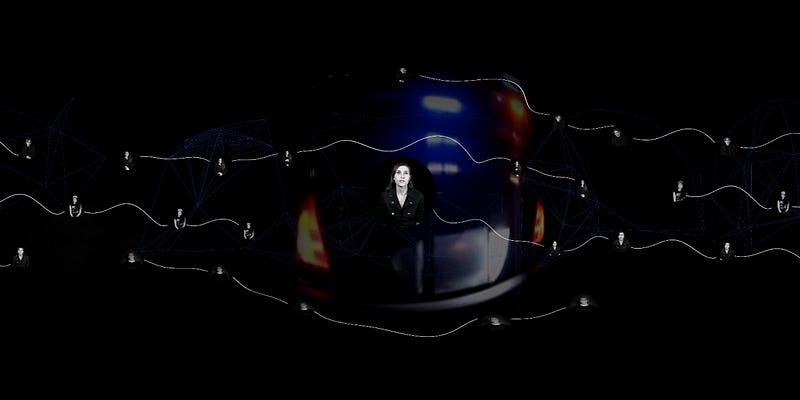
Testimony is an interactive documentary for virtual reality that shares the stories of survivors of sexual assault and their journey to healing. The first iteration of the project premiered at Tribeca’s 2017 Virtual Arcade as a Gear VR experience. In January a participatory WebVR version of the project was released to support the project’s growth and dissemination. In this piece, I’ll expand on the design processes and the evolution of the project in the past year.
Tackling the subject of sexual assault in any medium is a delicate matter. I had always wanted to create work focused on testimonies of sexual assault survivors but never found the “right medium” to do so. A traditional linear documentary felt wrong, as I did not want to lock people’s experience into one fixed conclusion but wanted viewers to become active participants in the story making.
When I first conceived of Testimony, my mandate was to challenge people with testimonies of sexual assault survivors, focusing on the aftermath of sexual assault — since that is what we typically don’t hear about in the media. I was interested in creating a deep listening space. VR proved to be the best medium for this, as it poses a commitment — putting on a headset is a commitment to be in a dedicated intimate space and be attentive. You are blind to the rest of the world and you give your full attention to the experience.
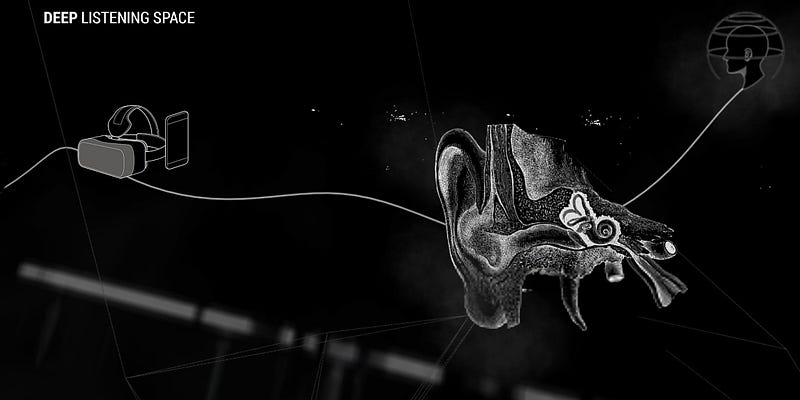
One of the biggest challenges while developing this project was the creation of a respectful virtual space for the testimonies. This environment was quite complex to ideate: How does one design an interactive interface, or a storytelling platform that deals with an emotionally challenging subject, one that people tend to shy away from?
Knowing the content would be sensitive, the first guideline I set for the interactive experience was to give viewers the intuitive freedom to choose what they want to watch, but also have the ability to disengage very quickly if they feel uncomfortable. The navigation within the VR environment uses a very simple form of interaction using the VR gaze control. This allows the viewer to “‘lean in” in order to listen, but, also, the ability to disengage very quickly if they feel uncomfortable watching, by just looking away.
This simple form of “interactive listening” empowers viewers to make their own decisions and become active participants with complete agency in the experience.
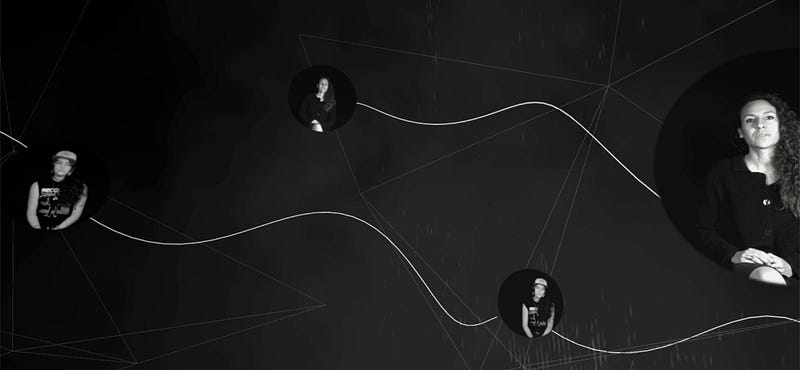
Much of Testimony is centered on the idea of devising a safe space both for those who are telling their story and those who are hearing it. By allowing sexual assault survivors to tell their stories in their own words, it potentially offers a space for these women and men to feel a sense of restorative justice—in the sense that their story has been heard and their feelings are valid. The accounts are straightforward and don’t go into explicit detail, focusing on the aftermath of the assaults, path to recovery, and dealings with the legal system.
For some viewers the experience can often be quite cathartic. At Tribeca or other project demos, I often find myself hugging teary visitors, engaging in emotional conversations about misconceptions people have about sexual assault, and PTSD recovery. Unsurprisingly, these especially come from men, who do not seem to be aware of the harsh ramifications such events can pose on one’s life.
Adapting to new urgency
Interestingly enough, when I first pitched the project at Devlab (circa October 2016), the discourse around sexual assault was only inching its way to where it is today. It was difficult to envision this revolution as it still unfolds.
The rise of the #MeToo campaign has helped create the perfect storm of public outcry over sexual assault and issues around consent, and it is the main reason I created the second iteration of Testimony, a participatory WebVR platform, inviting testimonies from sexual assault survivors in the form of video, audio, or text to be shared publicly. My hopes are that the auto-ethnographic nature of the narratives gathered into this immersive platform would help facilitate much needed social impact.
When it came to questions around VR and access, measuring impact and dissemination, it was obvious to me that Testimony needed to expand beyond the headset and become platform agnostic in order to reach wider audiences. This is why I decided to transform this unconventional documentary into an adapted participatory WebVR platform, which launched in January 2018.
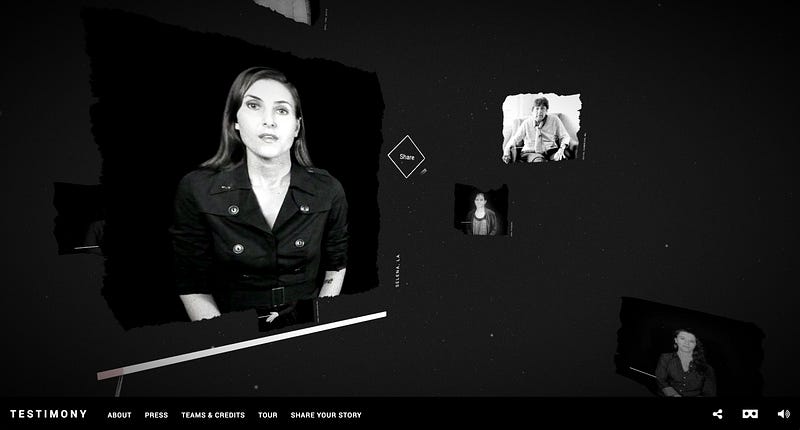
The WebVR version is similar to the GearVR version in terms of layout and aesthetic, retaining the spatial and interactive experience. Yet, as a growing database, there are also options to filter the testimonies based on categories of sexual violence, as well as a dedicated “expert section” that adds interviews with lawyers, psychologists, and scholars.
Developing the WebVR platform raised a new set of questions regarding participation, privacy, moderation, dissemination, and growth. It also meant I needed to consider how to shift distribution of Testimony beyond the film festival circuit and rebrand it into an educational venture, touring on campuses, fostering partnerships, and providing educational tool kits to expand the project as a tool for sexual assault prevention.
VR proves to be the right medium to do this, offering a high level of engagement, immersion, and much-needed hype to deliver these bold voices and raise awareness about an epidemic that affects us all.
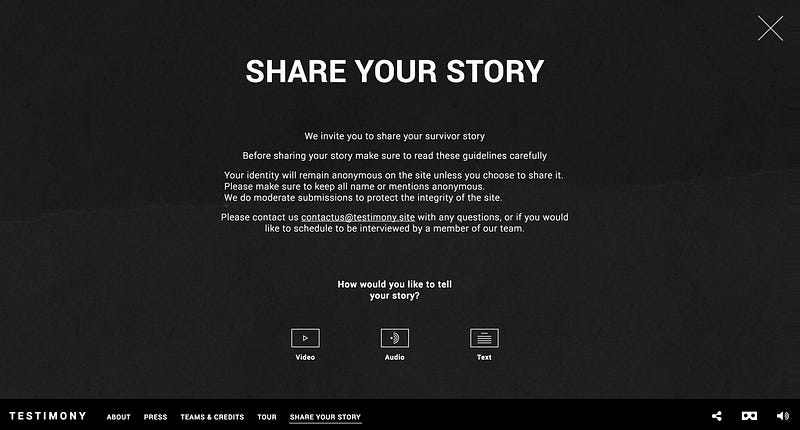
Experience Testimony’s WebVR platform
Credits:
- Director/ Producer Zohar Kfir
- Creative Producer Selena Pinnell
- Executive Producer Kaleidoscope VR
- Original Composition Josephine Wiggs
- Unity dev of Oculus version Evolving Tech
- Design and Development of WebVR Dpt.co
- Project funding Oculus VR for Good
Immerse is an initiative of Tribeca Film Institute, MIT Open DocLab and The Fledgling Fund. Learn more about our vision for the project here.